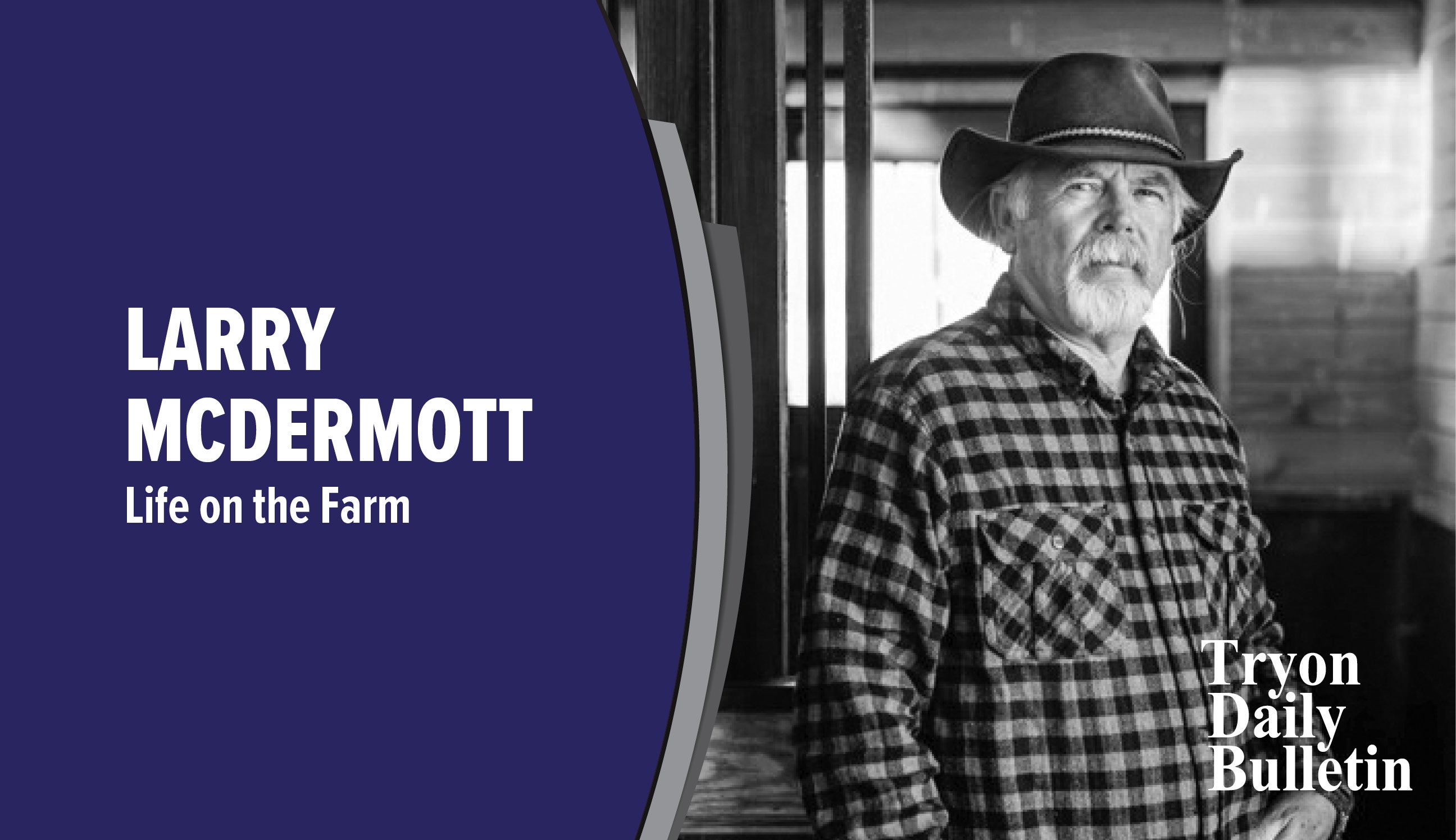Let me plant some seeds for thought
Published 1:21 pm Thursday, February 23, 2023
|
Getting your Trinity Audio player ready...
|
Next weekend while most of you are hoping to work in your flower beds and decide what to plant, an honest-to-goodness rock star will be performing right here to a packed house.
He isn’t a bluegrass performer, although he’s very much into grasses, nor is he a country music entertainer, although he is most at home out in the countryside.
But the mere mention of Doug Tallamy’s name creates twitterpation in the plant world, and he will be making a major free presentation next Saturday thanks to the Gardening For Life Project. All 750 seats at the Polk County High School auditorium are already taken. If you missed out, his presentation will be live-streamed, beginning at 1:45 p.m., and available later via the YouTube link on the GFLP website www.gardeningforlifeproject.org.
Tallamy is a rock star to those who immerse themselves in the concept of gardening for life–all of our lives–and helping communities develop healthy habitats through the growth of native plants.
An entomologist, he is the author of the New York Times bestseller “Nature’s Best Hope.” He is an ecologist, conservationist and professor at the University of Delaware who wants everyone to plant and replant native flora to support native fauna.
Tallamy is a renowned expert on the birds and the bees and the plants that feed them, and what he has to say about what we should be growing makes perfect sense, but it isn’t our conventional thinking.
Native plants is a term known well in the horticultural vocabulary, although the definition may vary somewhat. Perhaps this one comes close: “Native plants … are those that have evolved and adapted to a specific location and have remained genetically unaltered by humans.”
It is not enough to say you are doing your part because your “Butterfly Bush” (Buddleja davidii) is covered with butterflies. Buddleja, a Rank 3 invasive plant in N.C., displaces the native host plants that butterflies need for their very survival. Invasive plants’ seeds are carried by wildlife and planted, complete with fertilizer, in your neighbors’ yards and our wild places. Think Bradford Pear. Kudzu. English Ivy. Mimosa. Oriental Bittersweet. Paulownia. Tree of Heaven. The list goes on.
You might admire a Tree of Heaven with its lovely pink and yellow flowers, but beauty can be deceiving. Not only is Tree of Heaven a Rank 1 invasive species, but it is also a primary host plant for the dreaded Spotted Lanternfly, an invasive pest that was documented to reduce yield by up to 90 percent in a vineyard. The first lanternfly infestation in N.C. was found last year in Forsyth County. During heavy infestation, grapevines may die and mating swarms can disrupt a vineyard’s agritourism events.
Most nurseries have been slow to embrace native plants simply because the public clamors for the showy blooms of many exotics and non-natives. Perhaps the best example is our beloved azaleas, of which there are both native and non-native forms. The non-native is usually evergreen while the native is deciduous, so you can guess which one most people want to buy.
Why care about whether something you’re putting into the ground is a native?
Consider this: the native azalea is host to several dozen native caterpillars. The non-native is not. Without native flora, we eventually lose native fauna–all the wildlife. Failing to sustain biodiversity in our ecosystem means humans eventually fail.
Here’s just the tip of the iceberg. The U.S. and Canada have lost nearly 3 billion birds since 1970. While it is true that domestic cats are responsible for a significant portion of the loss, the loss of habitat is a substantial cause.
A really smart dude named Confucius said what Doug Tallamy aspires to:
“If you think in terms of a year, plant a seed; if in terms of 10 years, plant trees; if in terms of 100 years, teach the people.”
Larry McDermott is a local retired farmer/journalist. Reach him at hardscrabblehollow@gmail.com



